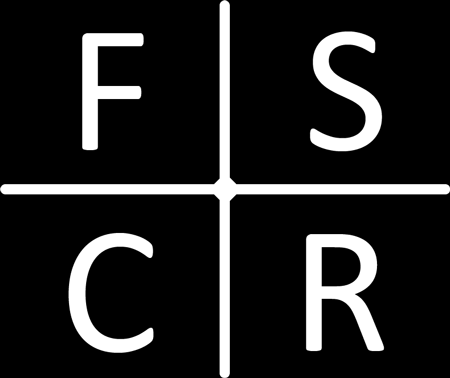Effects of a six-week strength training programme on change of direction performance in youth team sport athletes by F. Bourgeois, P. Gamble, N. Gill, and M. McGuigan in Sports (2017).
Background:
Football requires excellent agility which is the combination of cognitive factors (reaction time and decision-making) and physical factors that are associated with your change of direction ability (acceleration and deceleration in different directions) (1). Research has found strength training can improve an athletes change of direction (CoD) ability (2). Stronger athletes are faster at changing direction compared to weaker athletes, and this greater strength was specific to their ability to break quickly (decelerate) which requires high levels of eccentric strength (3). There are several ways to improve eccentric strength and one of the easiest ways is to use a time under tension (TUT) or controlled tempo when performing the eccentric component of an exercise.
The purpose of this study was to compare strength training with a controlled eccentric tempo (3 seconds) to strength training with a self-selected tempo and asses the effect on 180° and 45° change of direction performance.
12 high school rugby union athletes with strength training experience trained 16 times over a 6-week period. Their training session included back squat, trap-bar deadlift, bench press and standing overhead press performed for 3 sets of 5-10 reps with a controlled eccentric tempo. After a post intervention washout period of 3-weeks, 6 of the participants performed the same intervention with a self-selected tempo. Testing for changes in maximum strength (mid-thigh pull) and CoD performance (180° and 45° turns) was performed at the start, halfway through and at the end of the strength training protocol.
The controlled eccentric training protocol improved long-term maximum strength and 180° CoD ability when compared to strength training with a self-selected tempo. There was a minimal improvement on 45° change of direction performance from either strength training intervention.
Improving eccentric strength to increase braking forces and decrease braking time has been shown in this study to improve CoD performance. It may be suggested that greater changes in 180° turns were seen due to the higher levels of eccentric strength required to decelerate as opposed to the much lower requirements in a 45° change of direction.
There are many ways to overload the eccentric phase of an exercise however, many require a moderate strength training history (training age) or specific equipment (eccentric overload hooks). Increasing the TUT of the eccentric phase of an exercise is the simplest, safest and cheapest way to obtain greater eccentric strength. This is something I have used for many years in my training programmes to excellent effect. It is usually accompanied by muscle soreness (DOMS) so be sure not to use this to close to match day. In a typical Saturday to Saturday week it is best used on a Tuesday when the player usually has a rest day on the Wednesday. The Cyclist Squat is a great exercise to eccentrically overload the quadriceps (main muscles for deceleration) which can be seen below. The angle places more load on the quadriceps and decreases the contribution from your glutes and hamstrings. To take advantage of the TUT adaptations use a 4 second controlled eccentric (down phase) and an explosive concentric (up phase).
References
1. Scanlan, A., Humphries, B., Tucker, P.S., & Dalbo, V. (2014). The influence of physical and cognitive factors on reactive agility performance in men basketball players. Journal of Sports Sciences, 32, 367-374.
2. Keiner, M., Sander, A., Wirth, K, & Schmidtbleicher, D. (2014). Long-term strength training effects on change-of-direction sprint performance. The Journal of Strength & Conditioning Research, 28, 223-231.
3. Spiteri, T., Cochrane, J.L., Hart, N.H., Haff, G.G., & Nimphius, S. (2013). Effect of strength on plant foot kinectics and kinematics during a change of direction task. European journal of Sport Science, 13, 646-652.
